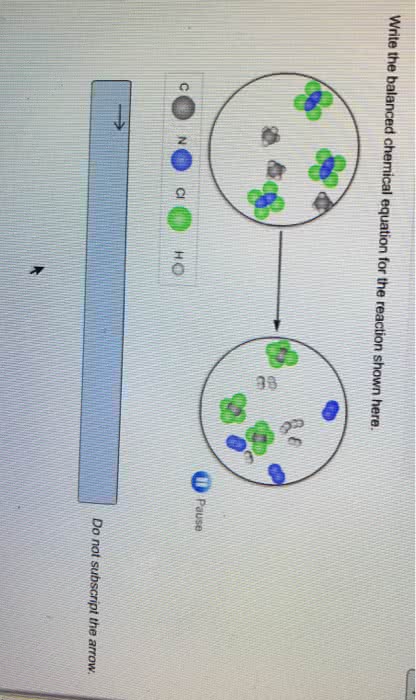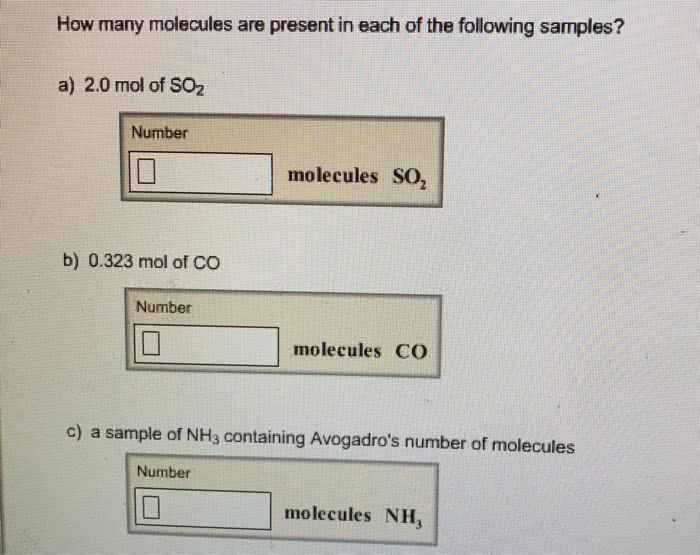CHM 1311 Chapter LAB: CHM1311 - Lab 3 - 100%
Document Summary
The purpose of this experiment is to determine the enthalpy of various reactions. The first part determines the specific heat capacity and an experimental value for the molar mass of a metal. The second part determines the enthalpy of neutralization of two strong acids: hcl and hno3 with a strong base, naoh. Finally, the third part determines the enthalpy of solution of an unknown salt. A common property within these reactions is the transfer of heat from one substance to another. Heat is the energy transferred between a system and its surroundings from a difference in temperature. It is a common catalyst in chemical reactions and significant in thermochemistry, the study of heat released from the system (exothermic) or absorbed into the system (endothermic). In order to understand many of the terms associated with thermochemistry, it is essential to comprehend the meaning of enthalpy. E(cid:374)thalp(cid:455) is defi(cid:374)ed as (cid:862)the (cid:373)easu(cid:396)e of total e(cid:374)e(cid:396)g(cid:455) of a the(cid:396)(cid:373)od(cid:455)(cid:374)a(cid:373)i(cid:272) s(cid:455)ste(cid:373)(cid:863).






